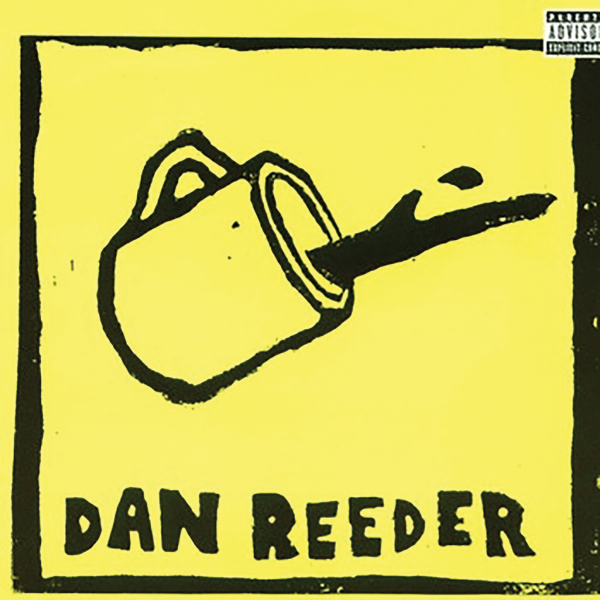How schools can ease pressure for AP students
Junior year is known for being the most challenging for the majority of students, with the combination of AP classes, dual enrollment, and the search for post-high school opportunities all helping to cement this trend. Progressing into my junior year, I expected a challenge because all the stories about the nightmare of junior year sunk into me. Additionally, it would be my first year taking multiple AP classes. However, I did not expect to feel completely burnt out by mid-April. I knew I would be exhausted mentally at some point, but I assumed it would come after my AP exams had been completed.
For me spring has meant an influx of debate tournaments, production nights for the newspaper, and a plethora of other extracurricular commitments. Most notably however, a spike in study sessions for my AP classes. The week of April 10 followed was no different.
It started out by finishing a national debate tournament that began the previous Friday. Following was a Monday that could have been a rest day but instead was spent studying for the SAT. Tuesday was a typical B-Day, and after school I tutored, went home, did homework and slept. Wednesday was the SAT. Thursday through Saturday were all dedicated to studying for my two AP tests. All of this wouldn’t have been too big of a problem if the next week I was not behind on work for all of my other classes that I did not have time for.
AP classes are supposed to be challenging, and the choice ultimately is made by the individual. However, they are not meant to punish students for wanting to acquire a more comprehensive perspective, which is what the current system seems to do. Under the current system, AP classes come with a workload that is intense but manageable on their own, but the problem appears when a student wants to take multiple AP classes and has work to do for core classes and electives.
These classes are supposed to reward students with that comprehensive perspective along with college credit for the work they put into the class. While they do this to a certain extent, the overall effect can be overshadowed by the looming work that has built up.
It is very common for me to hear someone say something along the lines of, “Well juniors and seniors have the option to take less classes to balance out their workload.” This “solution” however does not account for students who wish to take full advantage of their free education and resources. According to College Express, the average full time college student takes 15 credits per semester which translates to five classes, while the standard schedule in PPS contains eight classes. Those are three additional classes that high school students can take for free which is not common past high school. I am simply saying that those three classes should not create as large a burden as they do, when a student is managing their academic time.
Adaptable schedules can work here at McDaniel.
I propose that instead of the AP workload changing, the shift would be in the core/elective classes. If a student is taking one or more AP classes, any other class the student is taking would subtract a large assignment for said student. This way the assignment does not weigh on their grade, GPA or stress level. This would allow the student to make more time to study for AP exams and do work for other classes.
I will admit that this system would not be perfect. Teachers would lose an assignment when attempting to evaluate the abilities of a student. There would be less material to gauge the progress someone makes throughout the year. Still, we would see an immediate impact on the mental health of students in the spring. Students would also be more successful in all of their classes without as much pressure.
Overall, the health of students should be top priority, both mental and physical. This is just one way to approach optimizing the school system to match this idea.







